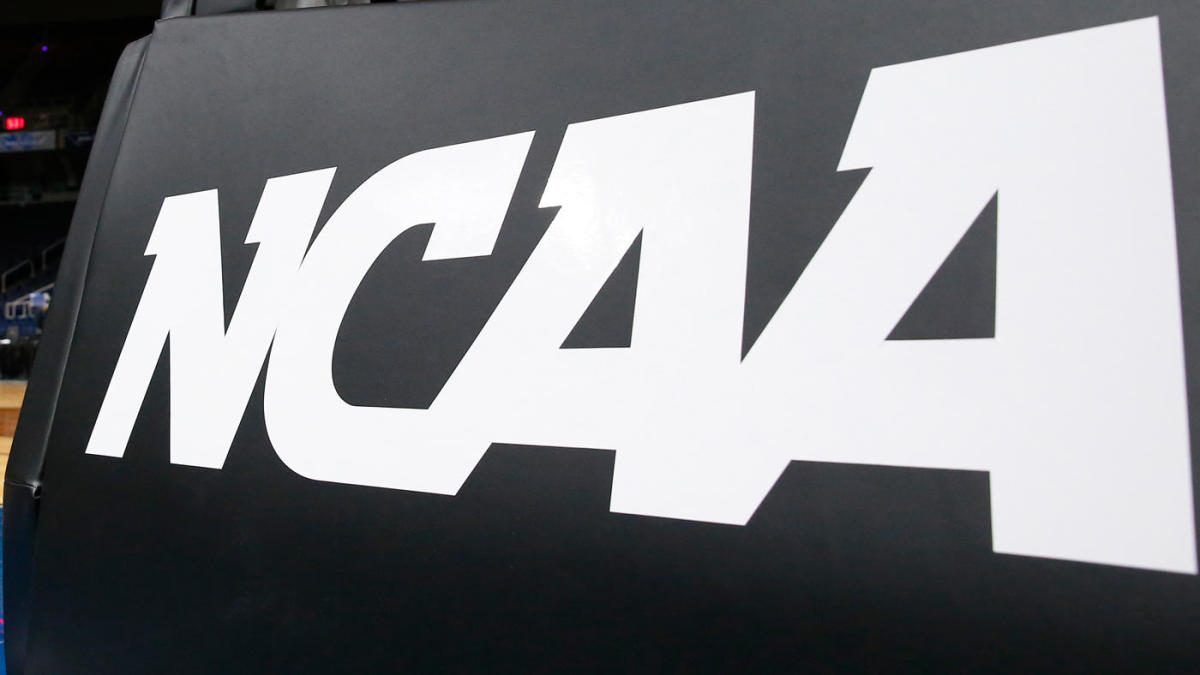Per Steve Berkowitz, the NCAA announced that it plans to appeal the recent decision of the 9th U.S. Circuit Court of Appeals to uphold a 2019 decision by Judge Claudia Wilken. This appeal would be reviewed by the U.S. Supreme Court if selected. As leading sports law expert Darren Heitner pointed out, this is far from a certainty. Typically, “the Supreme Court accepts 100-150 out of 7,000+ cases it is asked to review every year.” Thus, it remains to be seen what will come of this announcement.
In the initial 2019 decision, Judge Wilken ordered that the “NCAA [was]… permanently restrained and enjoined from agreeing to fix or limit compensation benefits related to education that may be made available from conferences or schools to Division I women’s and men’s basketball and FBS student-athletes on top of a grant in aid.” In Re: National Collegiate Athletic Association Athletic Grant-In-Aid Cap Antitrust Litigation No. 14-md-02541-CW WL 1593939, at *1 (N.D. Ca. Mar. 8, 2019). Wilken also ordered that, “the NCAA may not agree to fix or limit [things such as]… computers, science equipment, musical instruments, and other tangible items not included in the cost of attendance calculation but not nonetheless related to the pursuit of academic studies.” Id.
In a review of Judge Wilken’s order, the 9th U.S. Circuit Court of Appeals held that the “district court did not clearly err in finding that the NCAA failed to establish that anticompetitive effects of its rules had suffice procompetitive effects to justify them under rule of reason.” In Re National Collegiate Athletic Association Athletic Grant-In-Aid Cap Antitrust Litigation 958 F.3d 1239 (9th Cir. 2020). The court further held that the “district court did not clearly err in determining that less restrictive alternatives to NCAA rules would be virtually as effect in serving procompetitive purposes of its current rules.” Id. Lastly, and most importantly, the court held that the “district court did not clearly err in concluding that NCAA rules restricting compensation unrelated to education that student-athletes could receive did not violate Sherman Act.” Id.
The announcement that the NCAA is going to seek Supreme Court review is questionable, but not surprising. As the NCAA is known to exhaust all of its appeals and reviews in litigation. It is an interesting decision because the NCAA is already going to have to battle Name, Image and Likeness legislation pushed forth by the states of Florida, Colorado and California. This is something that will require full attention and resources on the NCAA’s behalf. Recently, there has been discussion of a federal name, image and likeness bill, but what the NCAA would like to see differs greatly from what federal legislators envision.
This 9th Circuit decision will require the NCAA to adjust its model and it will certainly put more pressure on the NCAA to consider further changes. It is puzzling that the NCAA is fighting over computers, science equipment and other necessary educational tools when they are faced with the aforementioned issues. It will be intriguing to see if the Supreme Court decides to take this case for review. In my opinion, the Supreme Court is unlikely to overturn this decision if it chooses to review it. This attempt by the NCAA is likely nothing more than a ploy to buy time to restructure its current rules and regulations to comply with the 9th Circuit decision while also fitting its “amateur model.”

